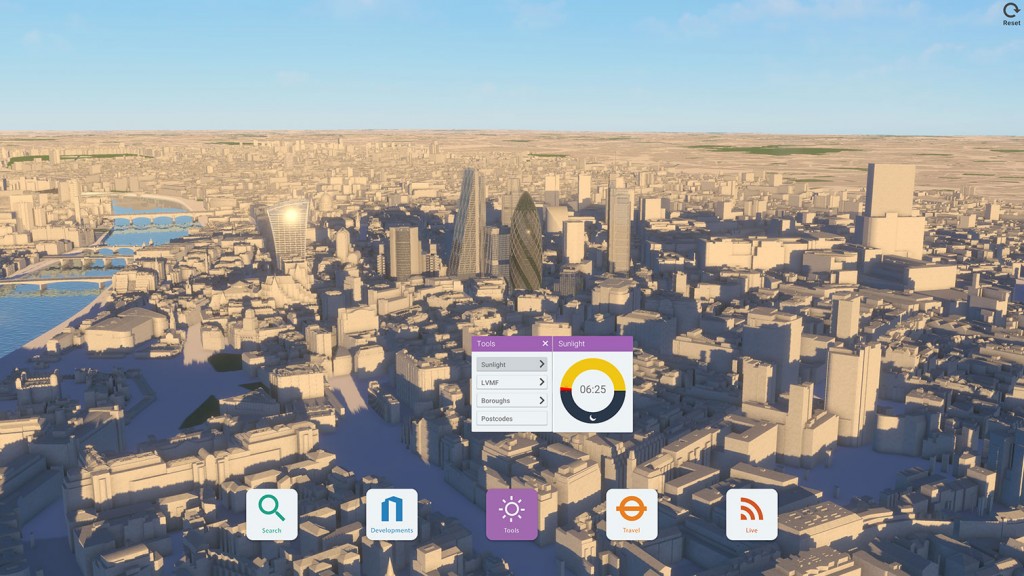by Jason Hawthorne, MD
When news broke across Paris that construction of Herzog & De Meuron’s controversial 42-storey Triangle Tower is to go ahead the world sat up and paid attention. It will be the city’s first new skyscraper since the 1970s and will transform the city’s famous skyline.
It is a decision that is surely driven by the realisation that for Paris to retain its world-class status in competition with the emerging cities of Asia and Latin America it needs to grow, and the only way it can grow is upwards.
With 42 floors this is a radical departure from the low-rise unchanging beauty for which it has long been famed, and this dramatic decision will present planners, architects and developers with a host of new questions to consider.
Retaining London’s status
Paris is not alone. Property professionals in cities across the world are facing these questions. The focus to retain London’s status as a world class city is one of the drivers for the ongoing debate on planning and architecture. These issues matter to Londoners just as much as they do to Parisians.
Yet, planning on this scale requires a clear view of the long-term. Take the Government’s London View Management Framework (LVMF) an attempt to preserve 27 major sightlines to key historical spots. It was the reason the developers behind the Leadenhall Building, or Cheesegrater, were obliged to cut a chunk off its silhouette, at great cost, but it also opens up a whole host of questions.
Sightlines and heritage matter but how do we balance them out against the needs of business and our economy? How will the city look in 50 years, if we keep the LVMF as it currently is? Will our tallest buildings be built around these sightlines, producing a series of wind tunnels starfishing out from our major historical hotspots? Will that leave London as a world class city?
As Boris Johnson said in the foreword to the Framework: “High quality, well-designed and thoughtfully located new buildings can add to our enjoyment of our city. They can help grow our economy, add vitality to our streets and complement our existing historic buildings, places and parks. However, it is important that we find a way of ensuring that new development fits with our built heritage so that London continues to be a desirable place to live, work and do business.”
20:20 vision
These are major decisions for London. To give our planners – and indeed all of us – the best chance of making the right decisions we need information. What we need really is a clear view of the future.
A new type of digital tool is emerging to meet this growing need. VU.CITY,is the first 3D interactive digital map of central London. If applied to this issue it would allow us to map out the alternatives. Everything proposed could go into the model, and the consequent impact – on infrastructure, social interactivity, services and business – could be measured. Then, we could really start to understand the bigger picture, and make the right decisions.
New world class cities are emerging every year. If London is to keep up in the race to prominence we need 20:20 foresight – that is the only way to begin a truly informed debate. That has always been wishful thinking, but now, thanks to modern digital technology, the future is finally coming into view.




Recent Comments